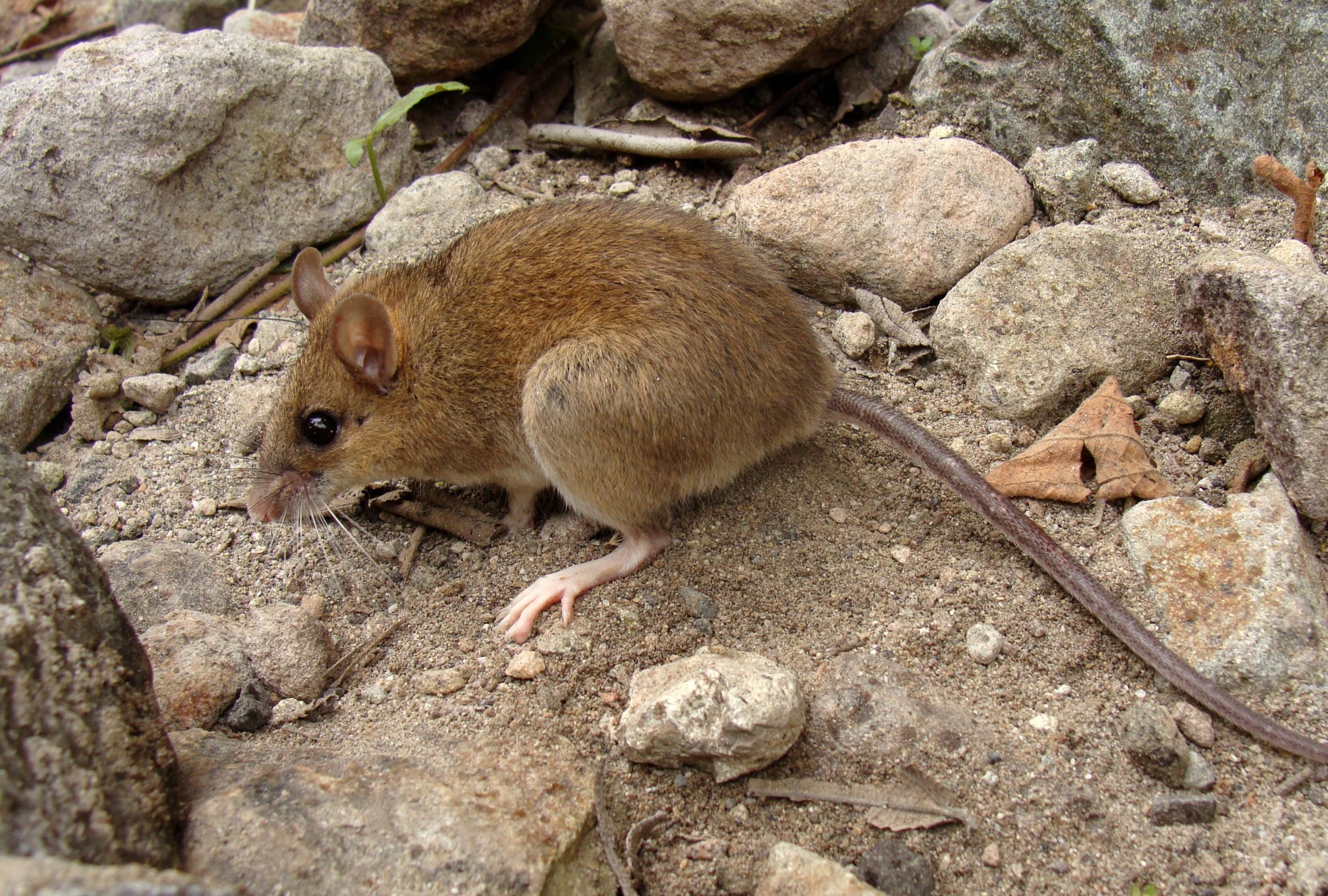
Credit: (c) Danny Balete, Field Museum.
In early 2011 and again in 2012, twenty years after the eruption, Field Museum researcher Danilo (Danny) Balete went to Mt.Over the course of several months, Balete and his team of field assistants (including local men from the Aeta tribe) surveyed the mammals on the mountain, from the bottom to near the top where the forest had been devastated by the eruption.
“Most of our field work on Luzon and elsewhere in the Philippines has been in natural forested habitats where mammals are most common” says Eric Rickart, Curator of Vertebrates at the Natural History Museum of Utah and lead author on the paper, “but Danny couldn’t pass up an opportunity to see how mammals were faring on Mt.“Most of these early records were for common species of bats collected in the 1950s,” says Heaney, “but one specimen was particularly intriguing-a small rodent that became the type specimen, and only example, of a new species described in 1962 as Apomys sacobianus, the Pinatubo volcano mouse.”.
Pinatubo were very harsh, and the survey work by Balete’s team was both grueling and dangerous.
Field surveys of small non-flying mammals elsewhere on Luzon have revealed that old-growth forests contain a great variety of native species and few, if any, non-native “pest” species of rats.A specific motivation for the Pinatubo survey was to discover the fate of Apomys sacobianus, the Pinatubo volcano mouse.“After the eruption of Pinatubo, we looked for this mouse on other peaks in the Zambales Mountains but failed to find it,” notes Heaney, “suggesting a very limited geographic distribution for the species.
We thought the volcano might be the only place this mouse lived.” And based on expectations from islands elsewhere, at the time it seemed possible that the species might have been lost because of the eruption.
However, the survey of Pinatubo produced some very surprising results-a total of 17 species were documented, including eight bats, seven rodents (five native and two non-native species), and even two large mammals (wild pig and deer).Most surprising of all, the most abundant species, overwhelmingly, was the volcano mouse Apomys sacobianus.Far from being wiped out by the eruption, this species was thriving in this greatly disturbed landscape along with other native species that also have a high tolerance for disturbance.
Pinatubo recovers from the damage done by the eruption, the forests will return and other species of mammals will move in.
Pinatubo mammal survey, Danny Balete returned to the Field Museum where he organized specimens and data from the survey, made some early notes for an eventual publication, and then set them aside to finish later
